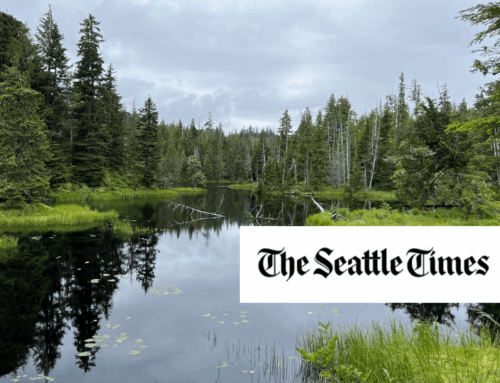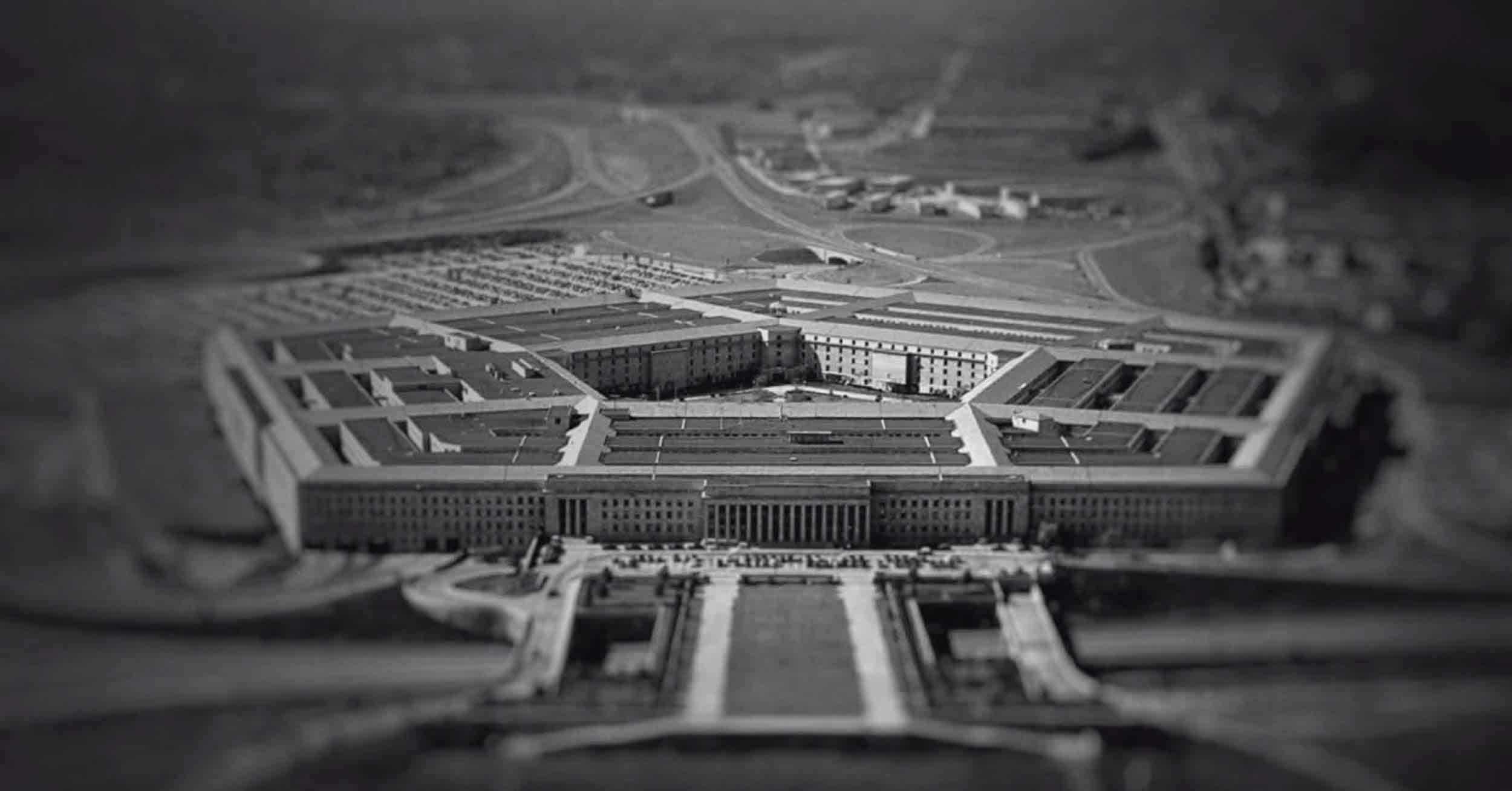"Free gold, we've got free gold here, but wait there's more – silver, uranium all the hardrock minerals you like – for free!" Ron Popeil, of Ronco, "Set-it-and-forget-it," and Veg-o-Matic infomercial-fame may have died this week, but Uncle Sam has been a hardrock huckster for nearly 150 years.
That's right, President Grant signed the General Mining Act of 1872 and its royalty-free giveaway of precious hardrock minerals has remained virtually unchanged ever since. It's costing us billions of dollars a year, creating billions in environmental liabilities, and it's time for it to end.
To encourage nonindigenous settlement and development of the West, the General Mining Act of 1872 gave free and open access to federal lands to almost anyone if they wanted to explore for and extract mineral resources. All you have to do, to this day, is literally stake a claim (or pile some rocks if you don't have three-foot stakes lying around) to mark your claim's boundaries, show that you found something valuable that's considered a "hardrock" mineral, and…that's it! Any claimants, including subsidiaries of multi-national corporations, don't need to compensate taxpayers for extracting these precious metals, even though they're owned by taxpayers – you and us.
Later, Congress passed legislation like the Mineral Leasing Act of 1920 that instituted separate legal systems for extracting fuel minerals like oil, gas, and coal on federal land and actually charged producers something. But hardrock minerals are still governed by a law passed almost 150 years ago. Next year, the law becomes a sesquicentennial subsidy.
The issue resurfaced thanks to a House hearing and a report from Congress' nonpartisan watchdog agency, the Government Accountability Office (GAO). In the hearing, defenders of the corporate welfare recipients, er, mining companies, portrayed the giveaway as vital to the industry and any reform as disastrous. We call B.S.: a secure, stable supply of these minerals is, well… worth its weight in gold. The U.S has run down the market and encouraged a race to the bottom. Why not value our resources for once?
The GAO report, however, left no room for doubt about how unusual (and unnecessary) the hardrock mining giveaway is. The GAO found that the top mineral producing countries in 2018—Australia, Canada and Chile – all collect royalties on mineral extraction, although the types and rates vary. The 11 top mineral producing western states in the U.S—Alaska, Arizona, California, Colorado, Idaho, Montana, New Mexico, Oregon, Utah, Washington, and Wyoming – all collect royalties, or severance taxes similar to royalties on mineral extraction.
In short, no one other than Uncle Sam lets people dig up precious metals without paying for them, and the U.S. treats no other industry like the hardrock industry. The U.S. onshore oil and gas royalty rate is set at 12.5 percent. Coal leases typically charge 12.5 percent for surface mines and eight percent for underground ones.
But how much does the hardrock handout cost? We simply don't know. Congress in the late 1900s didn't really envision data management by spreadsheet, or it seems even pen and paper, because there is no reporting requirement for hardrock claimants. Hey, if you're not paying, who's counting! The federal government can tell you how many female blue iris mink were bred last year, or the number of maple syrup taps, but has no idea how much taxpayer-owned gold or silver is being mined.
We aren't the government. We estimate that the Department of the Interior could have collected $1.9 billion from 2010 to 2019 with a royalty of just five percent. But that's based on data from the State of Nevada that only shows the amount of gold extracted from federal lands in the "Silver State." What about copper in Arizona (the "Copper State," unofficially), molybdenum in Montana, or Uranium in Utah? We're hemorrhaging money and we don't even know how much.
But wait there's more! The Mining Law of 1872 did not require the cleanup of federal land after mining activities cease. As a result, taxpayers spend billions of dollars to reclaim abandoned hardrock mine sites. A 2020 GAO report stated that 140,000 abandoned hardrock mines on federal land have been identified, but there could be another 390,000 abandoned mine features we haven't counted yet. In one 10-year stretch, the federal government spent close to $3 billion to clean up the hazardous and sometimes toxic closed mines, and the spending shows no sign of stopping.
TCS has been a vocal critic of the 1872 Mining Law and has written about it over and over again. It's time to bury this law in Grant's Tomb and enact long overdue reform. Taxpayers should be compensated for the use of public land and the valuable resources extracted from it. It's just common sense.










